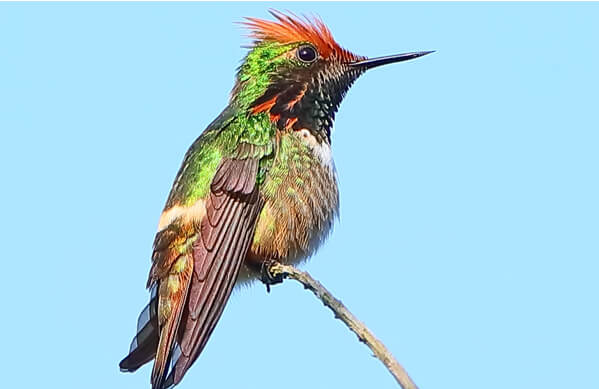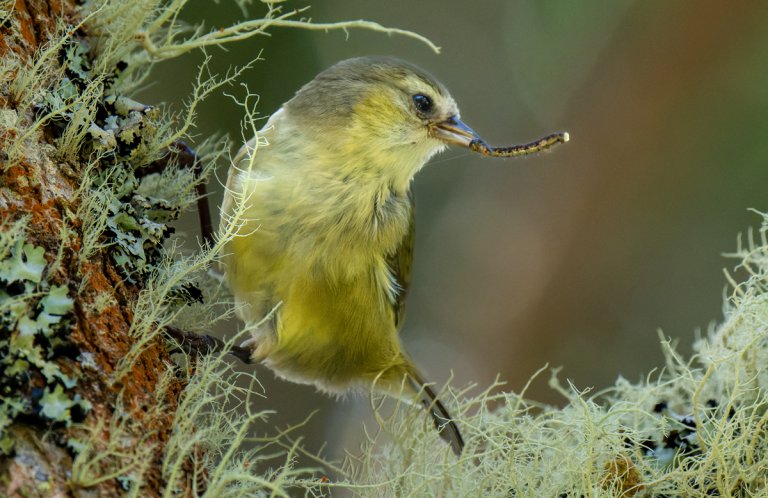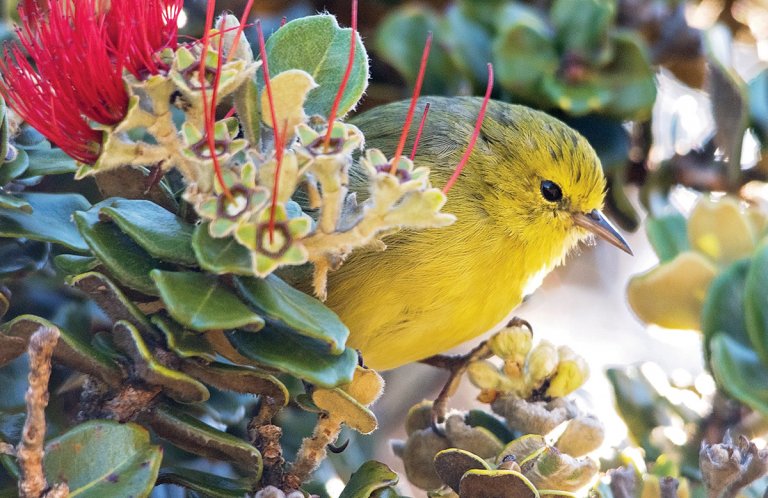
Short-crested Coquette range map, Birds of North America, https://birdsna.org maintained by the Cornell Lab of Ornithology
The Short-crested Coquette is an incredibly small hummingbird – at less than three inches long, it's barely the size of a butterfly! This is one of the rarest Mexican hummingbirds, with an extremely limited range in the state of Guerrero.
Coquettes may be small, but they are among the showiest hummingbirds, with males having spiky crests and cheek tufts. Their common names hint at their gaudiness. Of the ten species, including Tufted, Dot-eared, Spangled, Peacock, Festive, and Frilled Coquettes, the rarest by far is the Short-crested.
Rare Bird's Fork in the Road
It's been not so much a road trip but a trip on the road for those who have sought the Critically Endangered Short-crested Coquette. Strangely enough, this endangered hummingbird is most easily sighted along a 16-mile stretch of road within the rugged Sierra Madre del Sur mountain range, known for its high biodiversity and large number of endemic plant and animal species.
When first observed by ornithologists in this area in the 1940s, the Short-crested Coquette was not recognized as a separate species. In the 1973 Field Guide to Mexican Birds, for example, Roger Tory Peterson listed it as the Rufous-crested Coquette, a species found from Panama to Peru (with a few Costa Rican specimens as well), and guessed that it was accidental in Guerrero.
It wasn't until the early 1990s that full species status came to what some authorities had been calling “the Coquette Hummingbird of Guerrero.” The Short-crested Coquette is distinguished by its namesake shorter crest, its all-black bill, and differences in tail pattern in males and throat color in females.
These days, this tiny bird looms large on conservationists' radar. BirdLife International recognizes an area of its range, the Sierra de Atoyac, as an Important Bird Area (IBA). This IBA includes Cerro Teotepec, the highest peak in Guerrero at over 12,000 feet. Other scarce birds found in the area include the Near-threatened Ornate Hawk-Eagle, Vulnerable White-throated Jay, and Endangered Yellow-headed Parrot. More study and conservation action are needed to protect these declining species, and ABC and its partners continue to seek ways to save them.
Flower Powered
Short-crested Coquettes feed on flower nectar, especially of plant species with small flowers. For example, they visit trees in the genus Inga, which are often planted to shade coffee plants, and Cecropia, fast-growing trees usually sprouting up in sunny spots where forest trees fall and at the forest edge. These hummingbirds also eat insects captured in flight.
As in other coquette species, males sport brightly colored plumage: in the case of the Short-crested, a spiky cinnamon crest, a glittering green throat, orange cheek patches, orangey outer tail feathers, and a white rump band — a feature shared by all coquette species, in both males and females.
Larger hummingbird species often chase off the tiny coquettes, which sometimes cling to flowers, where they probe for nectar while remaining relatively inconspicuous.
Researchers and birders have found the Short-crested Coquette to be common only seasonally, which suggests that it may make altitudinal shifts in range, similar to those of the Rainbow-bearded Thornbill or the Snowcap.
Making Good for a Local Bird
The Short-crested Coquette is only known from a very small area, where its habitat remains unprotected and is still cleared for corn, coffee, timber, and the production of illegal drugs.
ABC is working with researcher Dr. Roberto Carlos Almazán Núñez from the Universidad Autónoma de Guerrero to conduct a conservation assessment for the coquette, which will be used to inform a species conservation action plan. Dr. Almazán Núñez is also leading community workshops for the owners of the local communal lands, called ejidos, to build pride and awareness of the Short-crested Coquette.
Donate to support ABC's conservation mission!




















































